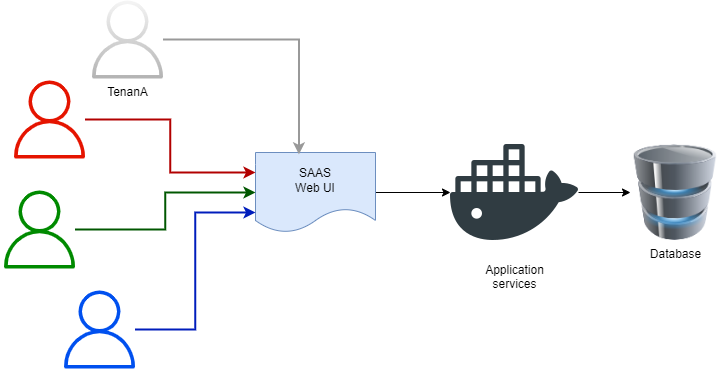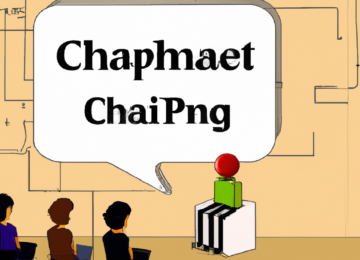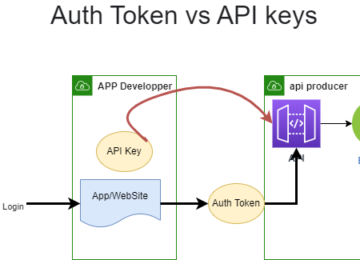Multitenancy is a software architecture that allows a single instance of a software application to serve multiple tenants or clients. In a multitenant system, each tenant is isolated and has their own dedicated set of resources and data within the application. There are several different ways to implement multitenancy, including using separate databases per tenant, a shared database, or a combination of both approaches.
Separate database per tenant
One way to implement multitenancy is to use a separate database for each tenant. This means that each tenant has their own dedicated database instance, with its own set of tables, data, and infrastructure. The advantage of this approach is that it provides complete isolation between tenants, which can be important for security and compliance reasons. It also allows each tenant to have full control over their own database, which can be useful if they have specific requirements or needs that are not compatible with a shared database architecture.
However, the separate database per tenant approach can also be more expensive and less scalable compared to other multitenancy implementations, as it requires a separate database instance for each tenant. Additionally, it can be more complex to manage and maintain multiple database instances, as each tenant’s database needs to be individually administered and maintained.
Shared database
Another way to implement multitenancy is to use a shared database for all tenants. In this approach, all tenants share the same database instance, with their data being stored in separate schemas or tables within the database. This can be more cost-effective and scalable compared to the separate database per tenant approach, as it allows multiple tenants to share resources and infrastructure.
However, it is important to ensure that the data of one tenant is isolated from that of other tenants in a shared database, and that the performance and security of the system is not compromised. Additionally, the schema design and database architecture may need to be carefully planned to support the needs of multiple tenants without introducing unnecessary complexity.
Combination of separate database per tenant and shared database
It is also possible to implement multitenancy using a combination of separate databases per tenant and a shared database. For example, a system may use a shared database for certain types of data that are common to all tenants, while using separate databases for tenant-specific data or data that requires a high level of isolation.
To implement multitenancy using a combination of separate databases per tenant and a shared database, it is important to carefully plan the database architecture and design the schema to support the needs of the tenants. It may also be necessary to implement additional security measures to ensure that data is properly isolated between tenants and that the performance of the system is not compromised.
Conclusion
Multitenancy is a useful software architecture that allows a single instance of an application to serve multiple tenants or clients. There are several different ways to implement multitenancy, including using separate databases per tenant, a shared database, or a combination of both approaches. The choice of approach will depend on the specific needs and requirements of the tenants, as well as the desired level of isolation and scalability of the system. It is important to carefully plan the database architecture and design the schema to support the needs of the tenants in order to ensure the success of a multitenancy implementation.









